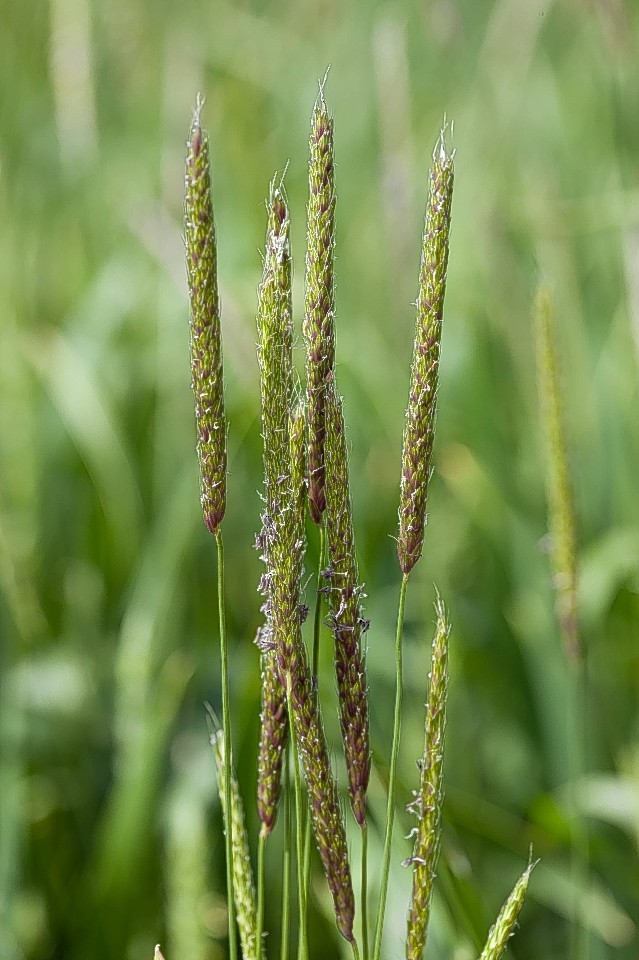Scottish growers have been told to adopt a zero-tolerance approach to black-grass after the weed was found in the north-east.
According to BASF’s Scottish agronomy manager, Dudley Kitching, black-grass is making a “worrying creep north”.
“It has been found on farms in the Borders, the Lothians, Tayside, Howe of the Mearns and as far up as northern Aberdeenshire,” he said.
He said the consensus among his fellow-agronomists is that one source of the weed is probably from demo or contract machinery that has worked on English farms and possibly straw from England.
The scourge of resistant black-grass in parts of England is so bad that, on some farms, growing wheat has become uneconomical, and farmers have had to adopt dramatic shifts to their rotations, cultivations and even fundamental land-use to get on top of the weed.
“There are two issues with black-grass that we need to be fully mindful of here in Scotland to prevent a repeat of the huge problem in England – the weed can return a staggering number of seeds to the soil, and the weeds may be resistant to the herbicides on the market, particularly if the seed is from resistant black-grass farms,” said Mr Kitching.
He recommends that a robust zero-tolerance approach to this grass weed is adopted to curtail its spread. “This is the only way to safeguard winter wheat and oilseed rape production in the long term on farms affected by black-grass,” he added.
He said although Scotland was only dealing with low populations, growers needed to be aware of the developing threat posed by the weed and look into their control options. The first key step is to reduce the black-grass population before drilling, by spraying off patches of weeds with glyphosate in the growing crop, and using the well-established technique of stale seed-beds pre-sowing. The top 5cm of soil should be lightly stirred and rolled straight afterwards, he advises.
Black-grass flushes should be sprayed off with glyphosate, before either ploughing or shallow cultivation depending on black-grass population and history/buried seed. Drilling should be delayed until October or later where possible. Pre-em programmes should be based on full rates of the three strongest actives, flufenacet + pendimethalin + diflufenican as Crystal + Hurricane or Liberator + Stomp Aqua.
If seedbeds are very dry, delay drilling until there is sufficient moisture to optimise both crop and black-grass germination and activation of residual herbicides, he added.
